- Learning time
- 30 minutes
- First play time
- 90 minutes
Memoir ´44
Designed by: Richard Borg
Unlike most of the games we’ve included on the site, Memoir ’44 is a straightforward war game: based on various battles in the second world war. War games occupy their own (large) niche – there are hundreds of them, and they usually demand a lot more time than the boardgames listed here. But we’ve included it because unlike most, it has a very brief playing time, so if you like your games combative it will definitely scratch an itch.
There are several scenarios included in the rulebook, and players (or teams) set up the game board using landscape hexes to approximate an actual battle from WWII. The idea is to play the scenario twice – each player gets to be both the Axis and Allied forces, and the cumulative score of both battles decides the overall victor.
The scenarios show you where to place your forces at the outset of battle, and then play progresses via cardplay: each player will have a certain amount of Command cards (how many varies with each scenario) and on your turn you play one of these cards, which represent orders to your troops. The board is divided into three, and cards usually apply to the troops in one section. But certain cards are more powerful and give a bit more freedom.
When cards are played the appropriate troops can move and/or attack. How close they are to the enemy affects their ability to inflict damage, as well as the nature of the troop receiving orders: tanks for instance move faster and inflict more damage than infantry, and artillery (unlike infantry and tanks) can ignore obstacles like hills and forests getting in their way, as they simply fire over them. Combat damage is decided by a set of dice, which means that whilst the game overall is a tactical battle, there is an element of chance within it: the possibility that one injury-hit infantry will hold out against an artillery bombardment.
There are some other elements such as sandbags, wire and, as mentioned above, landscape features that affect movement and visibility -infantry and tanks can’t attack troops if they can’t see them. There are also a huge amount of game expansions available which bring extra rules and variation. But at heart the game is fairly simple: play a card, move and attack. Wiping out an enemy troop gives you one victory point, as does capturing certain terrain. As soon as someone reaches six victory points, the scenario ends.
The guru's verdict
-
Take That!
Take That!
It's all about Take That, but it's worth remembering a game consists of playing each scenario twice, with players swapping sides. Often one side has a numerical advantage, either with troops, command cards, or both.
-
Fidget Factor!
Fidget Factor!
Minimal. When it's your opponents turn you'll still be involved as you need to keep an eye on their movements and try and work out what their plans are.
-
Brain Burn!
Brain Burn!
Although you can employ overall strategies in Memoir 44 often play is reactive: plans will change according to what your opponent just got up to. But it's not a game that should hugely tax anybody.
-
Again Again!
Again Again!
Memoir '44 plays fast and has a huge variety in terms of scenarios - as well as the ones the game supplies you can create your own.

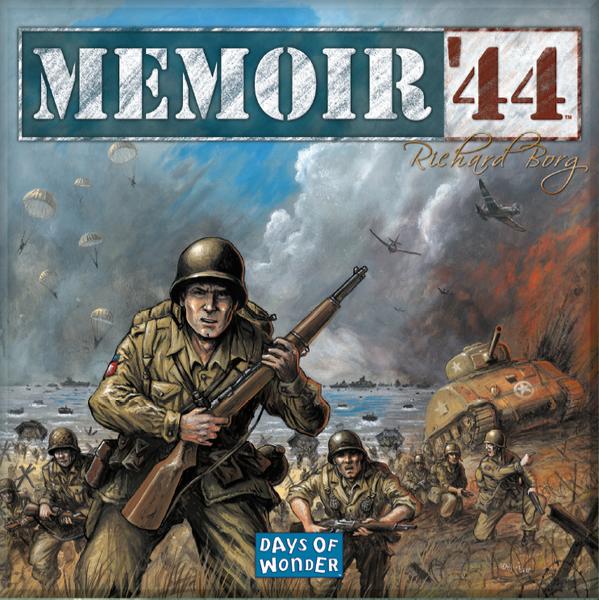
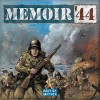

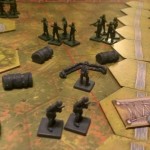
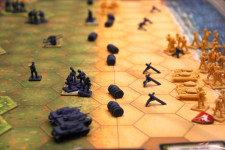
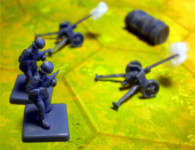
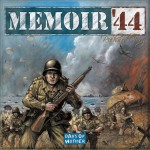


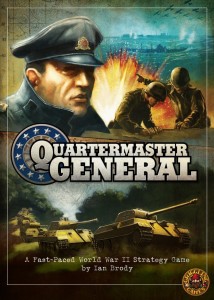

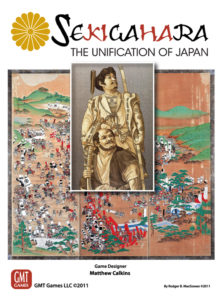
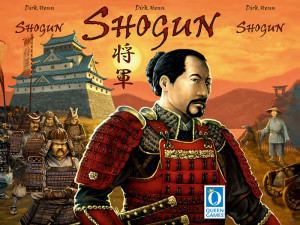
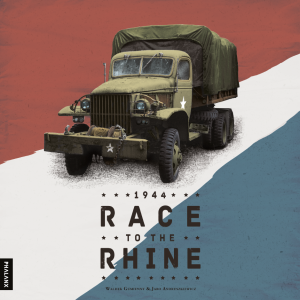
Sam says
It's a popular game for good reasons - there's a huge amount of variety in set-up, it's easy to play and teach and it moves fast. And I appreciate that it's steeped in history - it's definitely a game made with an eye for detail, but slick and fast-moving gameplay. All that said, I find the basic premise of taking turns to shoot each other just a bit dull - not to say I don't like combative games, but something like the part-battle, part-puzzle of Quantum is far more interesting to me.